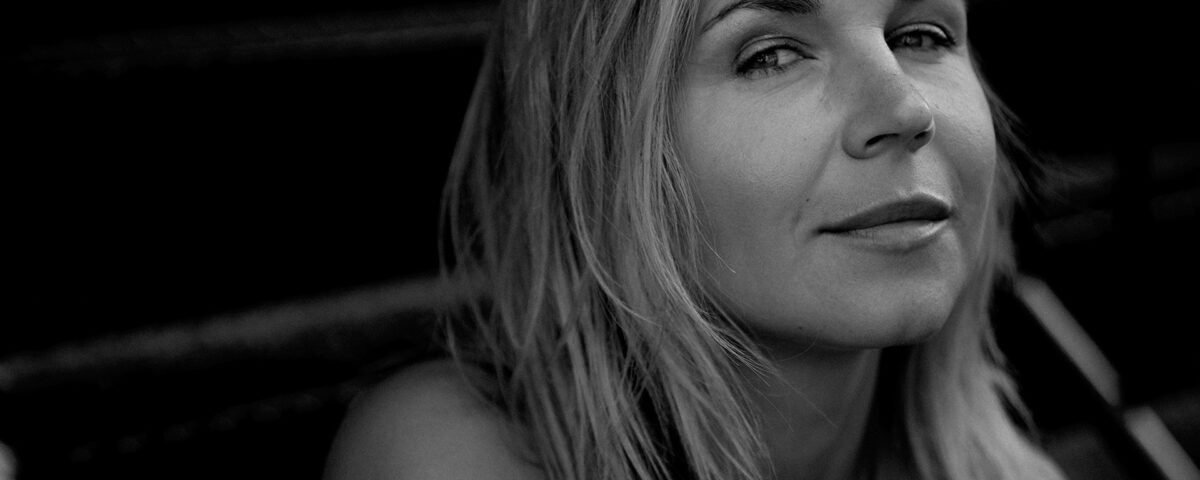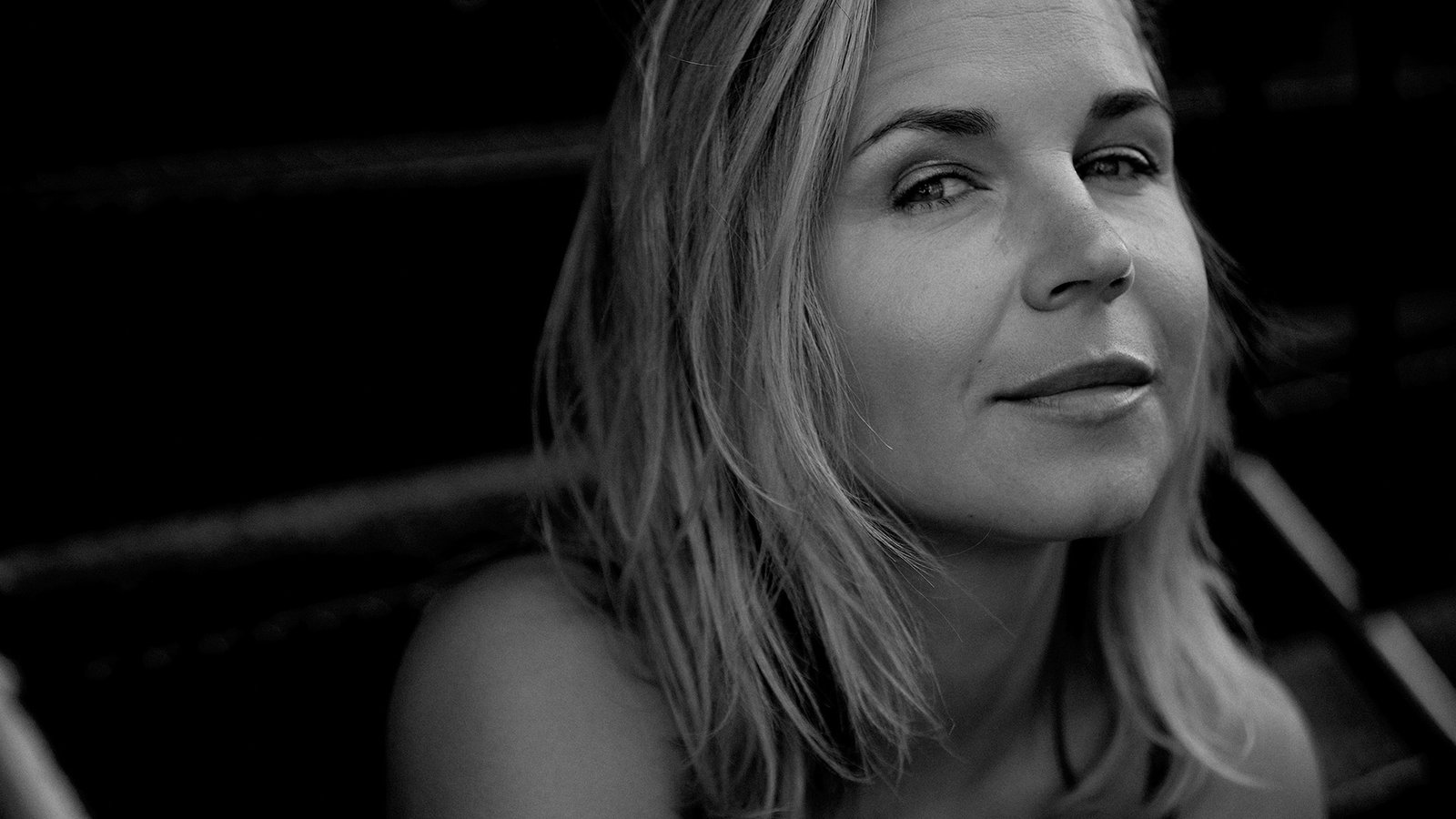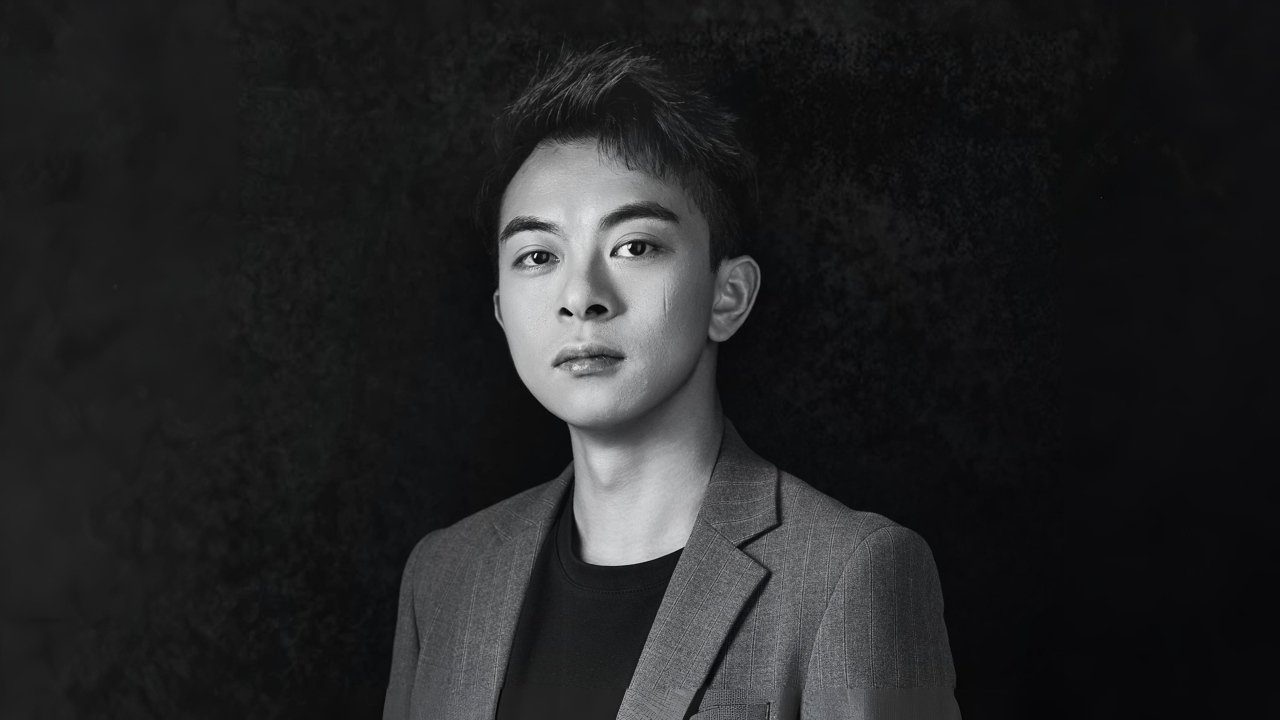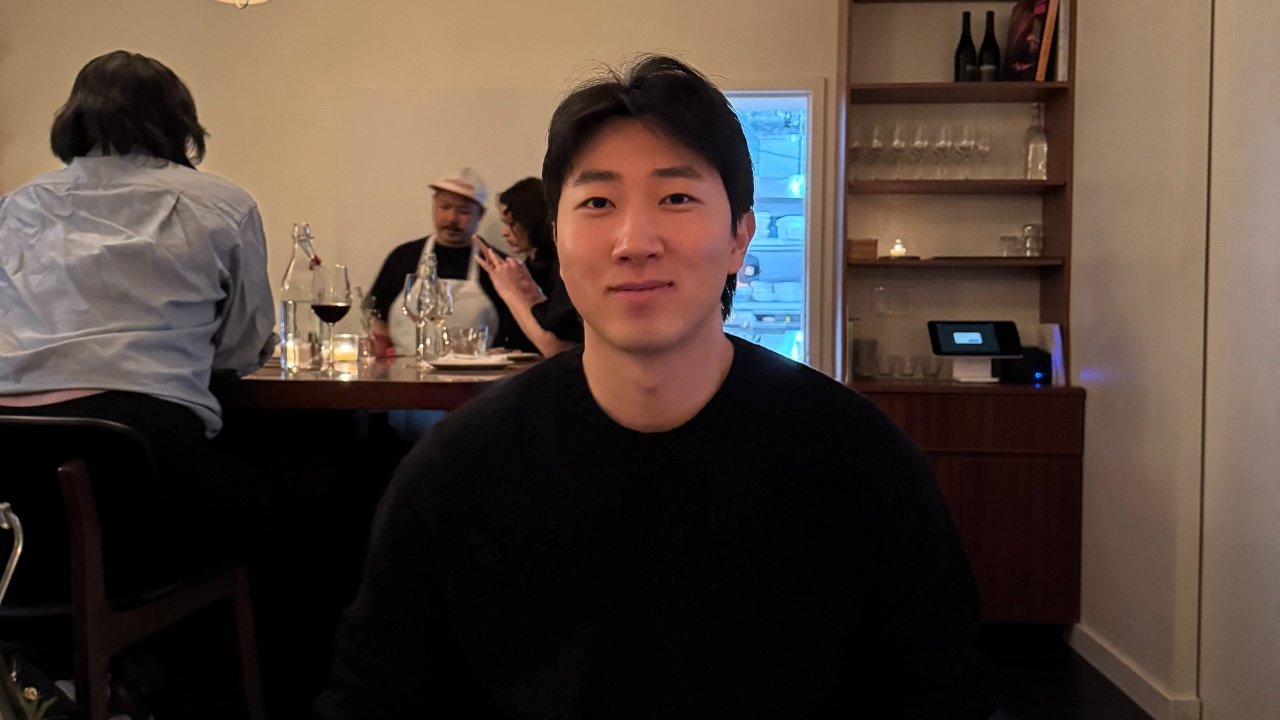
Capturing Emotion and Meaning: An Interview with Shang Yao Yuan
July 3, 2025
Inside Higher Love: Emma Constance’s Exploration of Love and Light
July 4, 2025Thank you — I’m honored to be among the winners. My name is Natasha Sokolovska, and I’m a fine art and portrait photographer, originally from Belarus with Polish roots.
Photography came into my life in 2011 — not through a career plan, but through a personal crisis. After my first divorce, I found myself in a deep depression. Life had lost its color, its taste, its meaning. A friend gently encouraged me to return to the things that once brought me joy. So I started doing three things: I enrolled in a photography course, I began learning English — because I had always dreamed of traveling — and I picked up snowboarding, because I loved the mountains.
That was the beginning. What started as a form of healing soon became a lifelong path. I studied photography through courses at the Belarusian State Academy of Arts and began photographing simply because I loved it.
A turning point came when I noticed how maternity photography was often done in ways that didn’t feel beautiful. I couldn’t understand why such a powerful and emotional time in a woman’s life was portrayed with awkward poses and artificial styling. I wanted to change that. I began photographing pregnant women — not just to capture their appearance, but to honor the emotional depth of that moment in their lives: the transformation of the body, the anticipation, the vulnerability.
From there, my path evolved into personal and family portraiture, as well as personal branding. Over the years, my life changed, and with it — the focus of my photography. I became deeply interested in people’s inner worlds: what drives them, what breaks them open, what holds them together.
Photography, for me, is not about aesthetics alone. It is a form of visual research — a way to explore emotion, energy, presence, and meaning. I don’t just take pictures. I listen. I try to reveal something real.
“Reflections” explores how we see ourselves and how others see us. The mirrors create multiple versions of the subject, blurring the line between reality and perception. This image invites the viewer to pause and reflect: Which version is real?
Captured in a rare pause between business pitches and late-night flights, this portrait features my dear friend Natallia Miranchuk — a brilliant businesswoman and the founder of the Soula app.
We spent the evening talking about life, purpose, energy, and what really matters. This image came from that conversation. It was not planned or staged — just a moment of presence, framed by natural light and intuition.
The photograph is part of The Moment of Truth series, which explores the intersection of strength and softness — the inner fire that drives us and the stillness that reveals who we are beyond roles and expectations.
In a time when visuals are often generated or overly polished, I choose to create work that is honest, cinematic, and human.
Winning this award affirms my belief in the value of real photography — not as performance, but as presence. It encourages me to keep creating images that hold emotion, nuance, and meaning.
I have many personal favorites — images that hold emotional meaning for me or represent a connection I’ll never forget. But when it comes to competitions, I choose photographs that speak beyond the moment.
I look for images that invite reflection, that stir something in the viewer — a thought, a memory, a feeling. I choose work that has the power to remind people of what’s essential, to awaken something within.
For me, the best photographs are not just visually striking — they are alive. They hold a pulse. And if an image has the potential to shift perspective, to spark a sense of aliveness or inner motion in someone else, then it’s the one I choose to share with the world.
Photography has been with me since childhood. My first camera was a film camera, and I used to develop film and print photos with my father in a red-lit darkroom. Those early memories — the smell of chemicals, the magic of watching an image appear on paper — are still with me.
But it wasn’t until years later, as an adult, that photography became something deeper. After a personal crisis, I found myself in a place where I needed to reconnect with life — to feel again. That’s when I returned to photography.
So while my hands first held a camera as a child, I truly picked it up — with intention and purpose — in a moment when I needed to remember what it meant to be alive.
My favorite type of photography is portraiture because it has the power to tell so much about a person. A portrait isn’t just about a face; it’s about capturing a soul, a presence, a story. I’m deeply inspired by people, which is why portrait photography speaks to me. It’s a way to honor and explore the depth of the human experience. Portraiture can take many forms, but at its core, it’s always about showing the truth behind the surface.
I also love black-and-white photography. Color can sometimes distract from what’s essential. It’s information in itself, and by removing it, we’re left with the purest form of connection. In black-and-white, we focus more on the emotion, the atmosphere, and the narrative.
I have three cameras that I use regularly, each serving a different purpose in my creative process.
My most-used camera is a digital Canon paired with a 50mm lens — my favorite. It’s light and compact, and allows me to move freely and intuitively. I love when photographs are born naturally and with ease, and I want my camera to feel like an extension of my body — not something that draws attention or weighs me down.
I also shoot film, and one of my favorite cameras is the Pentax KX from 1975 — it's all mechanical and full of soul. I bought it in Japan. I use both black-and-white and color film, depending on the mood of the project. Film holds a kind of magic for me — a sense of mystery and time. You never know exactly what you’ve captured until the scans arrive. And with old cameras, not everything works perfectly. But those imperfections sometimes create a masterpiece.
And finally, I use a Ricoh GRII with an 18mm lens — a compact camera I carry with me every day. It’s my go-to for city walks, lifestyle moments, and documenting life with my son. It fits in my pocket and doesn’t interrupt the rhythm of life.
Feel life and feel alive. I want them to pause — not just to look, but to feel. To sense something real behind the image. A quiet truth. A glimpse of vulnerability. The strength that hides in softness.
If my work can make someone stop, take a breath, and reconnect with something within themselves — then I’ve done my job. Because for me, photography isn’t about perfection. It’s about meaning. It’s about reminding people of what’s alive, what’s honest, and what still moves them.
Honestly, there was no challenge. And that’s what made this photograph so special. “Reflection” was born in flow — effortless, honest, and full of presence. Nothing was forced, nothing was planned. It was one of those rare moments when life offers you a quiet gift, and all you have to do is be present enough to receive it.
I treasure these moments — when we’re not trying to make something happen, but we’re awake enough to notice when something real unfolds. That’s when photography becomes magic.
Honestly, there was no challenge, and that’s what made this photograph so special. “Reflection” was born in flow — effortless, honest, and full of presence. Nothing was forced, nothing was planned. It was one of those rare moments when life offers you a quiet gift, and all you have to do is be present enough to receive it.
I treasure these moments — when we’re not trying to make something happen, but we’re awake enough to notice when something real unfolds. That’s when photography becomes magic.
I’m inspired by Annie Leibovitz, Peter Lindbergh, Vivian Maier, Richard Avedon, and Herb Ritts. Each of them, in their own way, taught me that photography is not just about aesthetics — it’s about emotion, presence, and human truth.
I’m especially drawn to the work of Annie Leibovitz — not just her iconic portraits, but the way she captures presence, intimacy, and narrative in a single frame. I admire her ability to merge fine art, storytelling, and emotion — all without losing the human behind the image.
I admire Herb Ritts for his sculptural elegance and timeless black-and-white images, Vivian Maier for her raw curiosity and poetic observation of everyday life, Avedon for his psychological depth, and Peter Lindbergh for the way he revealed beauty through imperfection and authenticity.
But beyond that, I’m most inspired by people — by real stories, real emotions, real energy. My biggest influence is life itself: the conversations I have, the silences in between, the moments that feel too honest to stage. That’s what I try to capture — not just an image, but a feeling.
Don’t wait until your work feels “perfect.” Perfection is not the goal — connection is. If your photo carries meaning, if it tells a story, if it stirs something inside you — chances are, it will touch someone else too. Participating in photography awards isn’t just about recognition. It’s about putting your voice out into the world; it is about showing up. It’s about saying: this is how I see, this is what I feel, and this is what matters to me.
My advice? Share your vision. And trust that your perspective has value — because it does.
Don’t chase perfection — chase truth. Learn the technical side, yes — but don’t let it overshadow your intuition. The most powerful images are not always the sharpest or the most polished — they are the ones that feel.
Photography is not about copying trends. It’s about learning to see the world through your own eyes. Stay curious, observe everything, and most importantly, stay connected to what moves you.
Because the camera doesn’t make the photo. You do. With your heart, your presence, and your ability to notice something others might miss.
I keep editing to a minimum. Sometimes I might crop an image or remove a small, distracting detail — but overall, I try to preserve the photograph as it is. Every element in the frame tells a story — even something as simple as a piece of trash on the street can add context, mood, or contrast. I don’t believe in “cleaning up” reality to make it more polished. I believe in honoring what’s real.
The ideal image, for me, is one that doesn’t need editing at all. That was the case with this photograph — and with most of my work. I prefer photographs that breathe, that reflect life as it truly is — imperfect, beautiful, and full of meaning.
I appreciate technology — it opens doors, expands possibilities, and has shaped photography in profound ways. The invention of digital cameras, for example, transformed the medium and made it more accessible to many, including myself. I also use AI tools in my everyday life and work processes — but not for creating images.
For me, photography is about capturing something real — a moment that actually happened, an emotion that lived in someone’s eyes, a sliver of time that existed in this world.
Images generated by AI are not photography — they are visual fabrications. They don’t document reality; they invent it. That doesn’t make them worthless, but it does make them fundamentally different. AI blurs the distinction between what is real and what is artificially generated — and this, I believe, invites us to slow down, reflect, and question what we observe.
I welcome the evolution of tools, but I will always stand for truthful storytelling. Because art is what gives meaning to our lives. And photography — real photography — teaches us to see, to feel, and to remember what it means to be human.
I would photograph people who are deeply alive inside. Those moved by purpose, who carry both fire and softness. People who live with honesty and presence — no matter their title or fame. That’s what my ongoing photo project, The Fire Within, is all about — capturing real people and telling their stories. People who follow their inner compass, not someone else’s map. People who don’t wait for perfect conditions to act. People who are truly awake.
And on a more personal note — I would love to photograph my mom and dad. We now live far apart, and I can’t visit them at the moment. I recently realized that, although we have many family snapshots from over the years, I’ve never consciously created artistic portraits of them.
It would mean so much to photograph them on film — and to create a self-portrait with them. When I was a child, they were the ones who first taught me how to photograph. But now, I’m an adult. I’m a parent too. And I’m a photographer. I want to capture them — and us — through my own lens, not just with my iPhone.
I also have a brother, a sister, and grandmothers back in Belarus. I miss hugging my family. Video calls help, but they’re never quite enough. I dream of one day capturing all of us together in a single frame — with all the time, love, and distance held gently between us.
Natasha Sokolovska
Natasha Sokolovska, a fine art and portrait photographer from Belarus with Polish roots, captures the inner worlds of her subjects. For her, photography goes beyond aesthetics—it’s about revealing real emotion and presence.
Explore the journey of Shang Yao Yuan, the Platinum Winner of the 2025 MUSE Photography Awards. He channels the power of images to move audiences deeply, blending bold ideas with hands-on creativity as a passionate creative director at impact advertising co.







